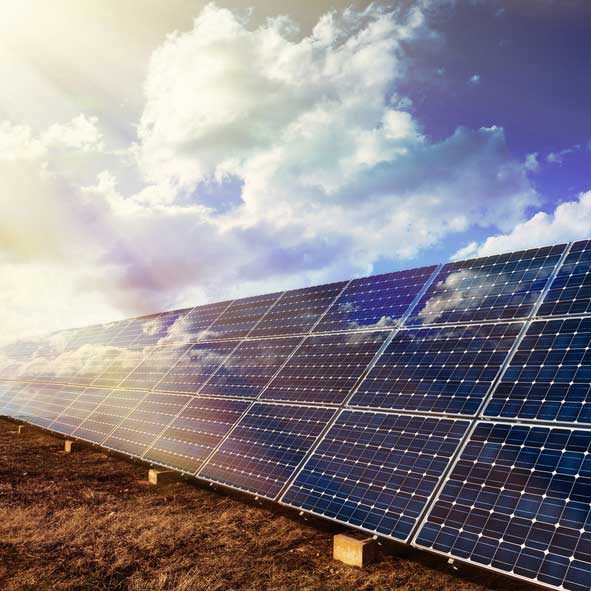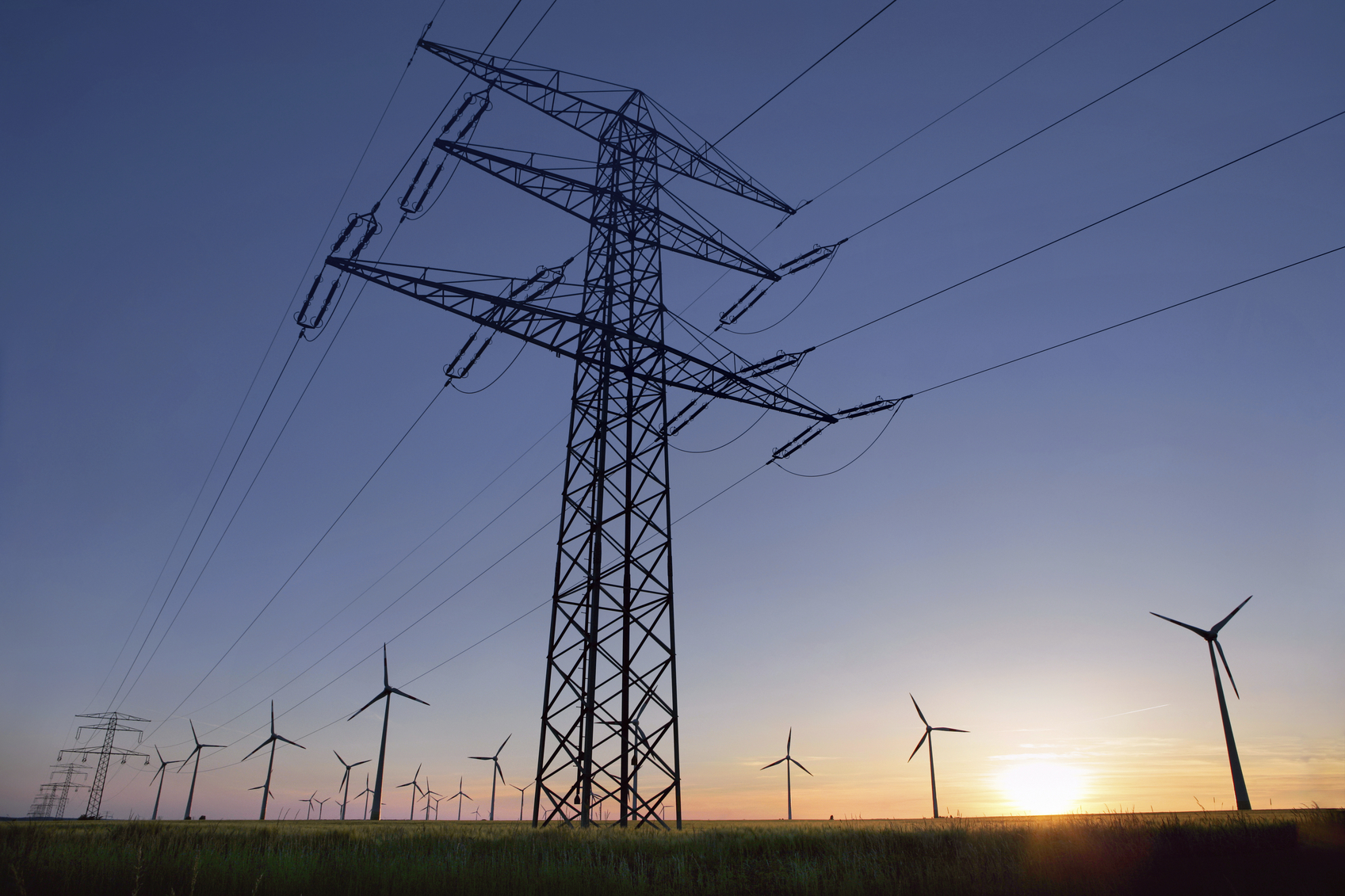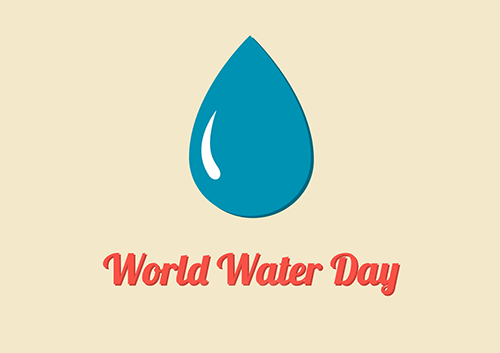 A newly created material may have the capacity to double the efficiency of solar cells.
A newly created material may have the capacity to double the efficiency of solar cells.
Conventional solar cells are at most one-third efficient, a limit known to scientists as the Shockley-Queisser Limit. The new material, a crystalline structure that contains both inorganic materials (iodine and lead) and an organic material (methyl-ammonium), boosts the efficiency so that it can carry two-thirds of the energy from light without losing as much energy to heat.
In less technical terms, this material could double the amount of electricity produced without a significant cost increase, according to the new study in Science.
Enough solar energy reaches the earth to supply all of the planet’s energy needs multiple times over, but capturing that energy has been difficult—as of 2013, only about 1 percent of the world’s grid electricity was produced from solar panels.
The new material, called a hybrid perovskite, would create solar cells thinner than conventional silicon solar cells, and is also flexible, cheap, and easy to make, says Libai Huang, assistant professor of chemistry at Purdue University.


 A new mathematical model may help researchers design new materials for use in high-power batteries. According to the research team, the model could benefit chemists and materials scientists who typically rely on a trial and error method when developing new materials for batteries and capacitors.
A new mathematical model may help researchers design new materials for use in high-power batteries. According to the research team, the model could benefit chemists and materials scientists who typically rely on a trial and error method when developing new materials for batteries and capacitors. A team of scientists from Oak Ridge National Laboratory is using the precision of an electron beam to instantly adhere cathode coatings for lithium-ion batteries. This new development, as reported in the
A team of scientists from Oak Ridge National Laboratory is using the precision of an electron beam to instantly adhere cathode coatings for lithium-ion batteries. This new development, as reported in the 
 The electric grid is an amazing integrated system of machines spanning an entire continent. The National Academy of Engineering has called it one of the
The electric grid is an amazing integrated system of machines spanning an entire continent. The National Academy of Engineering has called it one of the  Every year on March 22, people around the globe celebrate World Water Day to advocate for improved access to clean water internationally. To date, there are over 663 million people living without a safe water supply close to home, leading to families spending countless hours retrieving water from distant sources or coping with the health impacts of using contaminated water.
Every year on March 22, people around the globe celebrate World Water Day to advocate for improved access to clean water internationally. To date, there are over 663 million people living without a safe water supply close to home, leading to families spending countless hours retrieving water from distant sources or coping with the health impacts of using contaminated water. Chemists have engineered a molecule that uses light or electricity to convert carbon dioxide into carbon monoxide—a carbon-neutral fuel source—more efficiently than any other method of “carbon reduction.”
Chemists have engineered a molecule that uses light or electricity to convert carbon dioxide into carbon monoxide—a carbon-neutral fuel source—more efficiently than any other method of “carbon reduction.” One of the keys to developing a successful electric vehicle relies on energy storage technology. For an EV to be successful in the marketplace, it must be able to travel longer distances (i.e. over 300 miles on a single charge).
One of the keys to developing a successful electric vehicle relies on energy storage technology. For an EV to be successful in the marketplace, it must be able to travel longer distances (i.e. over 300 miles on a single charge).